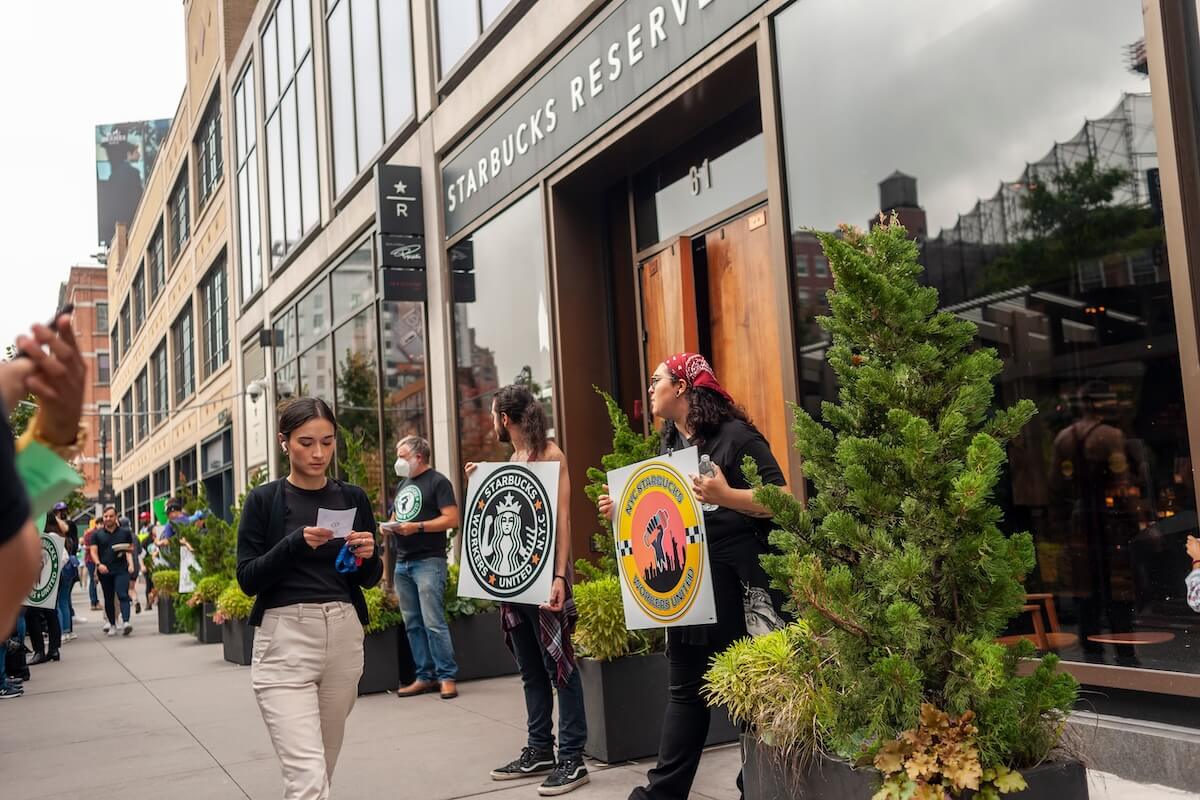Community development finance institutions are well-positioned to be the next ‘alternative’ financial vehicles of choice for those seeking to place their capital in investments that have both financial and social returns.
These mission-driven banks and credit unions already lend and invest in thousands of communities across the country. Their experience and community knowledge positions them well to be the financial intermediary of choice.
Like private equity firms and hedge funds over the last two decades, so-called “CDFIs” have the opportunity to manage the significant amounts of money that investors increasingly want to place into the communities where they have been working for decades.
‘Next-gen leaders have arrived’ and four other insights into the future of community investing
To do so, CDFIs, must tap mainstream capital markets to reach new levels of scale. They must add assessment of impact, alongside risk and financial return, to enable a diverse group of investors to move capital into low-income and underserved communities. They must deliver capital across the risk and return spectrum to meet demand in communities. They must leverage new technologies and new talent to fill critical capacity gaps.
The opportunity
Over the last 40 years, we have seen private equity and hedge funds grow to manage trillions of dollars in assets and to gain acceptance as a core investment asset class. We have also seen the emergence of passive or index investing, which now accounts for over one-quarter of all invested assets worldwide. Firms such as Vanguard and Blackrock have built multi trillion-dollar platforms from nothing in the last 35 years. Their leaders saw an opportunity, executed well and built significant firms as a result.
One new area of opportunity is the growing segment of investors that are demanding that their capital be invested for both financial and social return. This is likely to lead to a fundamental change in the way people invest. In the last few years we have seen an explosion of money invested into ESG products, for environmental, social and governance factors, in the public markets and the launch of several large private equity impact funds such as TPG’s Rise Fund and Bain Capital’s Double Impact fund.
One of the barriers to growth for impact investing is the lack of intermediaries who have the capacity to deploy large amounts of capital with both financial and social returns in the private markets. In addition, the infrastructure, particularly how to screen and monitor investments for both financial and social returns and their associated risks, is still in its infancy.
This represents an opportunity for community finance institutions, whose mission-orientation positions them well to become the intermediaries of choice in this market. They will, however, face competition from mainstream investment banks and wealth managers as they seek to fulfill the demand for investments with both financial return and social impact.
Making markets
To succeed in building the next alternative financial institutions, here is what CDFIs will need to do:
Capital conduit. CDFIs should view themselves as a conduit between a broad base of investors (beyond the traditional community reinvestment act banks and government) and those seeking capital in their communities. For example, community foundations are increasingly being asked by their donors to find opportunities to enable them to place larger amounts of capital that can have both a financial and social return. Today, most of the assets in Donor Advised Funds are invested in traditional investment vehicles, a concentration that presents an opportunity for CDFIs to provide diversity.
Creative structuring. Community finance institutions will need to become more transaction-oriented to meet the needs of a broader audience. Some, such as IFF in Chicago, are creating market making/capital market functions that will play this role. The ability to creatively structure transactions, akin to the capital markets desk in an investment bank, will also be a critical feature of the market making function.
Scaled capital. To tap into mainstream capital that is seeking both financial and social returns the ability to deploy at scale, even in the private markets, will be important. Investments of a few hundred thousand dollars at a time will not meet the demands of investors. This capacity will take time to develop but having investment opportunities that are in the tens of millions of dollars will be important if the industry is to become an intermediary of choice for impact investors and their advisors.
One of the reasons capital is sitting on the sidelines is the perception that there are no deals to be done. Some CDFIs are trying to find solutions to the challenge of getting to scale. Community Reinvestment Fund is building a second look lending platform known as Connect2Capital. Opportunity Fund has an innovative referral partnership with the fintech platform Lending Club.
Community development lenders attract new investors to low-income neighborhoods
The successful rating by S&P of some CDFIs such as Capital Impact Partners and Reinvestment Fund has made investment opportunities available to investors who without a rating may not be prepared to invest. This has also benefited the issuers with a more effective cost of capital. Continued access to the traditional capital markets will help CDFIs scale as mainstream investors understand the attractive risk that these institutions represent and their ability to deliver both social and financial returns.
Added impact. Perhaps one of the biggest challenges will be to rethink the way risk and investment opportunities are assessed. Traditionally, investors have focused almost exclusively on financial return. Over decades norms, for both the assessment of the investment opportunity and the associated risk have developed. Social returns have not been studied so exhaustively; nor is there any one approach.
In addition to financial capital, investors are likely to want to understand returns for other capitals. CDFIs that wish to be the intermediary of choice will need to develop alternative models for both the assessment of the opportunity and the financial and social returns as well as the management of the risk.
An example of an organization that is using this type of approach is the F.B. Heron Foundation. They are developing a framework known as Net Contribution that assesses the contribution of an individual enterprise across multiple capitals including: financial capital (enterprise sustainability/profitability), human capital (impact on employees, customers, suppliers, “people”), natural capital (impact on the environment) and civic capital (impact on society – local, national and global).
Rethinking how we talk about investment returns will be necessary if traditional capital is to flow to the markets and communities CDFIs care about.
Continuum of capital. CDFIs for the most part have been providers of traditional debt capital constrained by the requirements of their primary funders – the banks and the federal government. This is further exacerbated by a credit box that is bank-like and as a result does not meet the needs of many prospective borrowers.
Derrick Braziel: Breaking down barriers for Cincinnati’s entrepreneurs of color
Demand in the communities which CDFIs serve is for a continuum of capital; by which I mean capital across the risk and return spectrum, from senior, subordinated, and mezzanine debt to equity and grants. The ability to combine different types of capital—in single transactions or for a project/enterprise over time—should result in the needs of the market being met much more effectively.
CDFIs will also need to acknowledge that “concessionary” capital alone will not suffice. Impact investors will want both a financial and social return and as the market becomes more sophisticated, they may trade/prefer one in favor of the other.
Tap tech and talent. CDFIs that aspire to be the next alternative financing entities will need to harness technology to do so. Some of the platforms that are being built, such as Community Reinvestment Fund’s Connect 2 Capital, are good first steps. However, there is so much that is new and there are no obvious answers. For example, how could blockchain be utilized to provide access to opportunities in specific places but still allow the aggregation of assets to allow economies of scale? Building technology-based platforms is both expensive and requires talent.
Attracting and retaining outstanding talent will be a prerequisite for those CDFIs that want to be the next alternative financing entities of choice. This will necessitate thinking about not just the mission, but also the economic model and how people are remunerated. Skill gaps will need to be filled and attracting the requisite talent is unlikely to come just from those already within the CDFI industry. Thinking broadly about where people may come from and not assuming candidates need a traditional CDFI background will be important.
A version of this post, “CDFIs: The Next Alternative Financial Institutions,” first appeared on NextStreet.com. Tim Ferguson is the founder and chairman of consulting firm Next Street.











